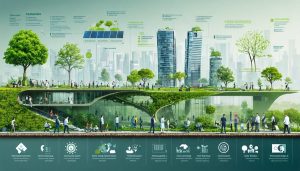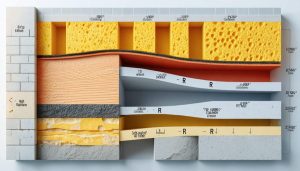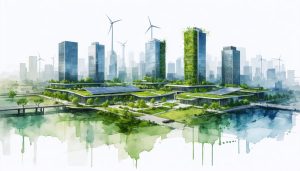
How Sustainable Building Projects Actually Succeed: The Four Core Principles Reshaping Construction
In an era where environmental responsibility intersects with construction innovation, the four principles of sustainability stand as cornerstones of modern building practices. These fundamental pillars – environmental stewardship, social equity, economic viability, and cultural preservation – form the framework that shapes today’s construction landscape. Leading construction firms worldwide are revolutionizing their approaches by implementing these principles, resulting in projects that deliver up to 30% greater energy efficiency and 35% reduced waste compared to traditional methods.
The construction industry’…









